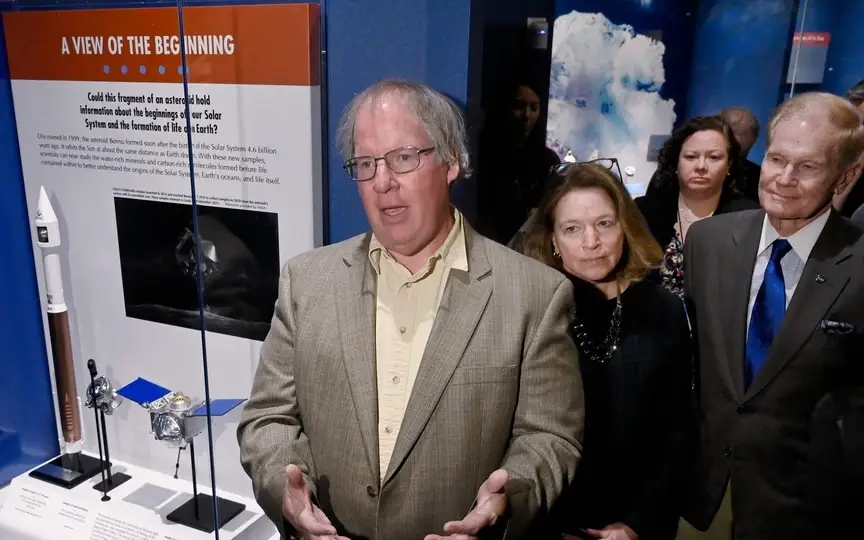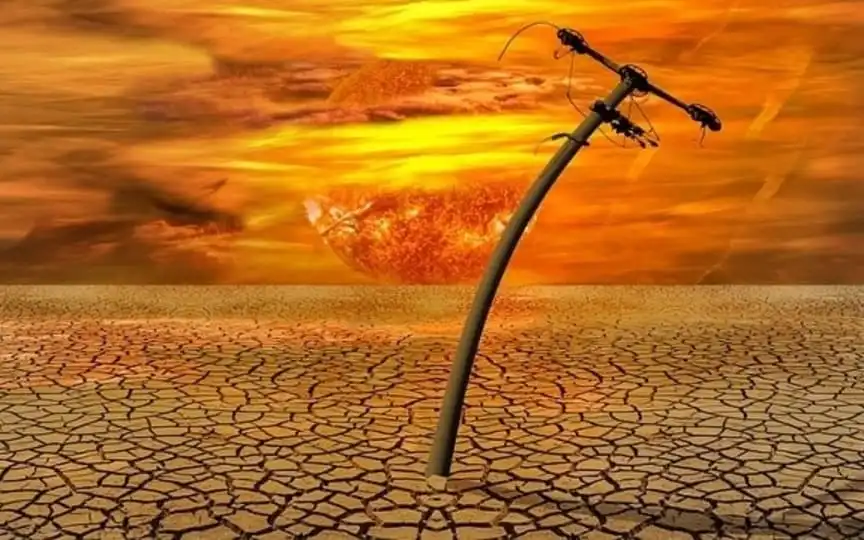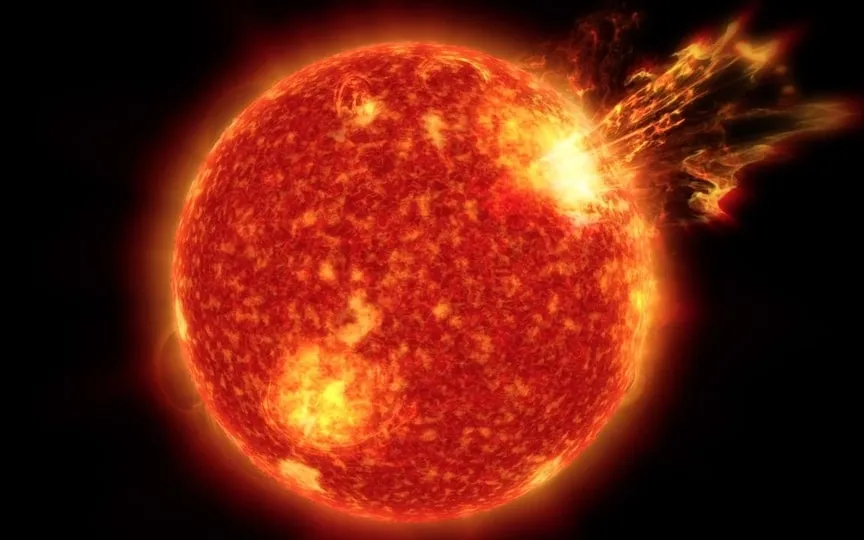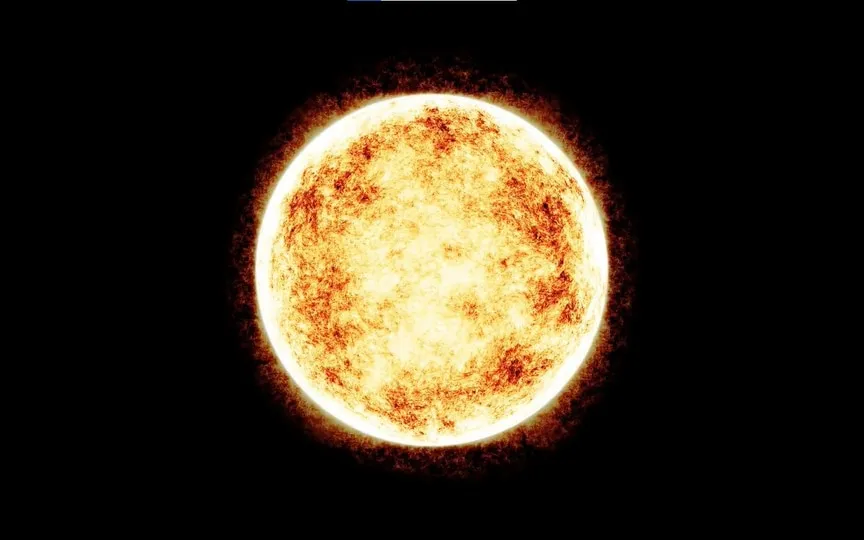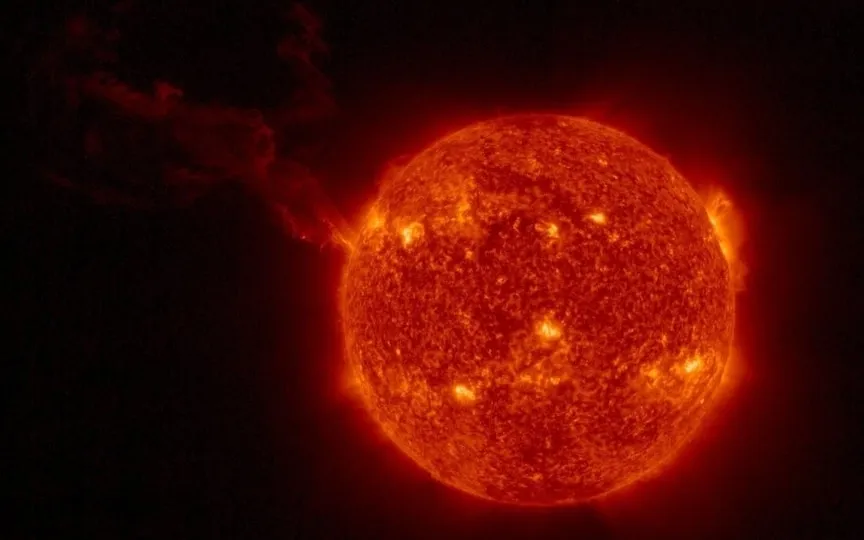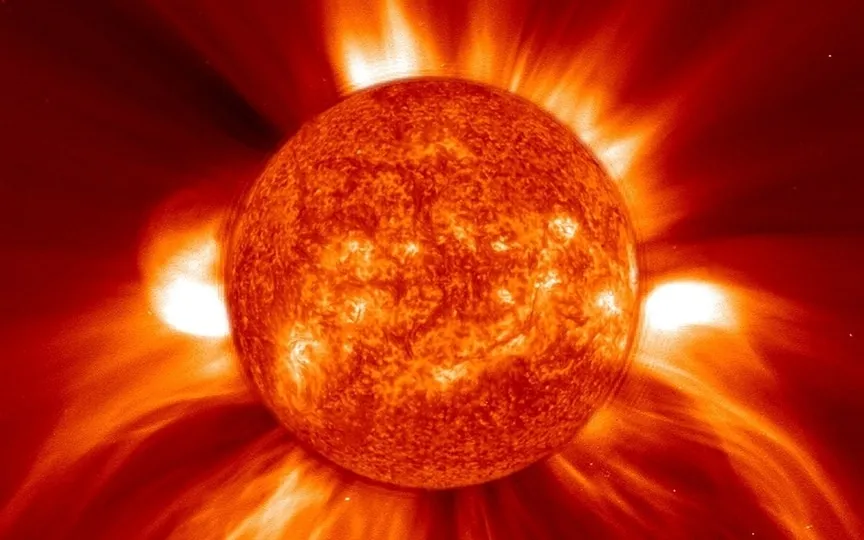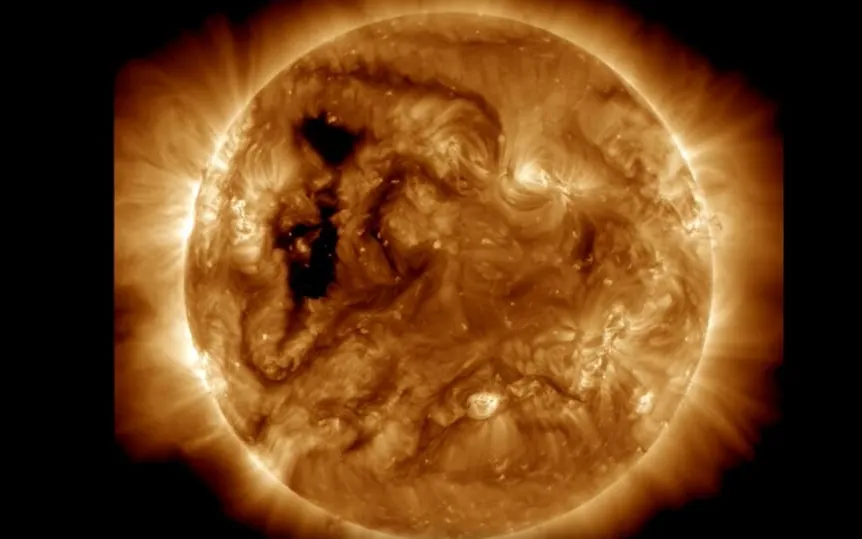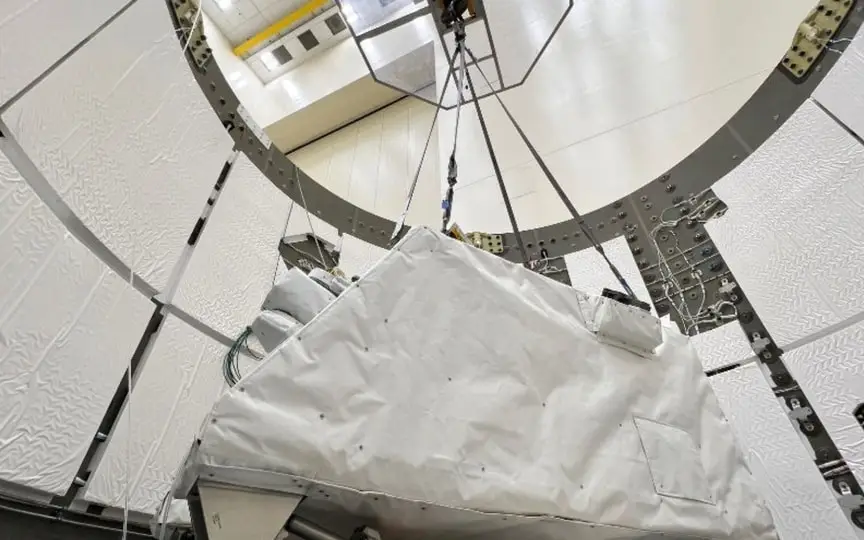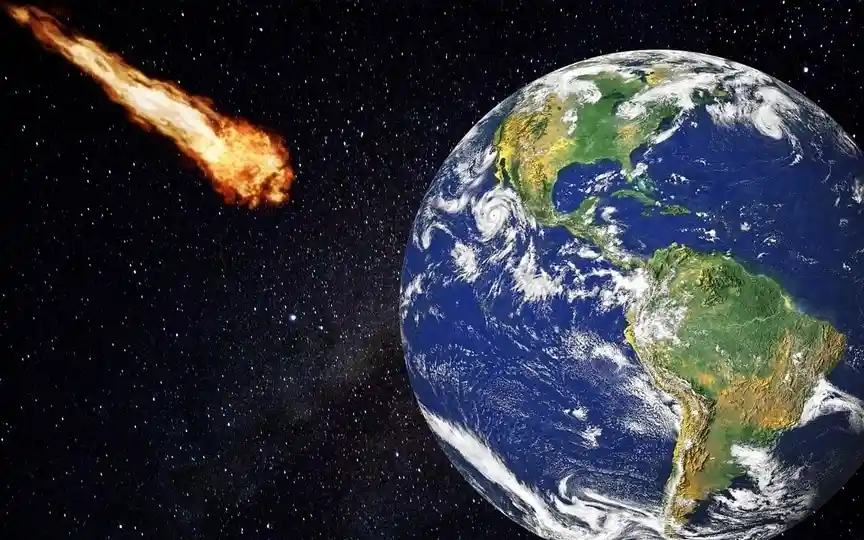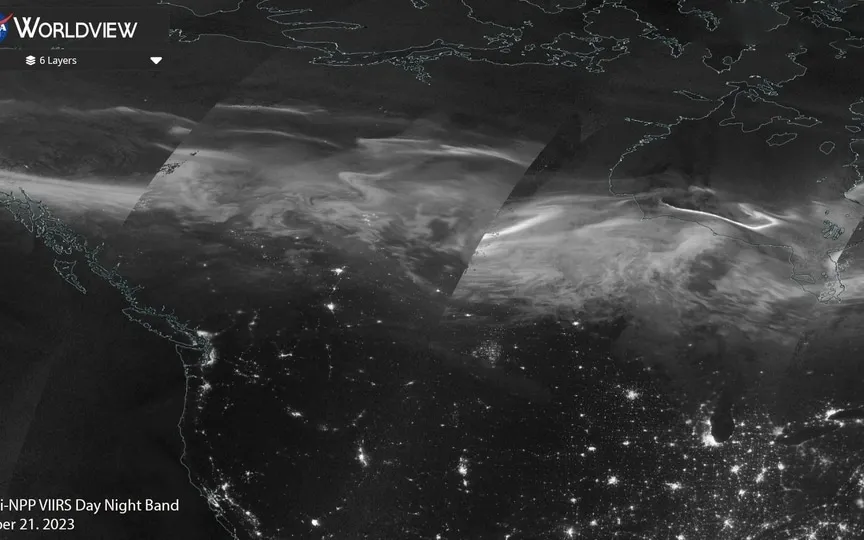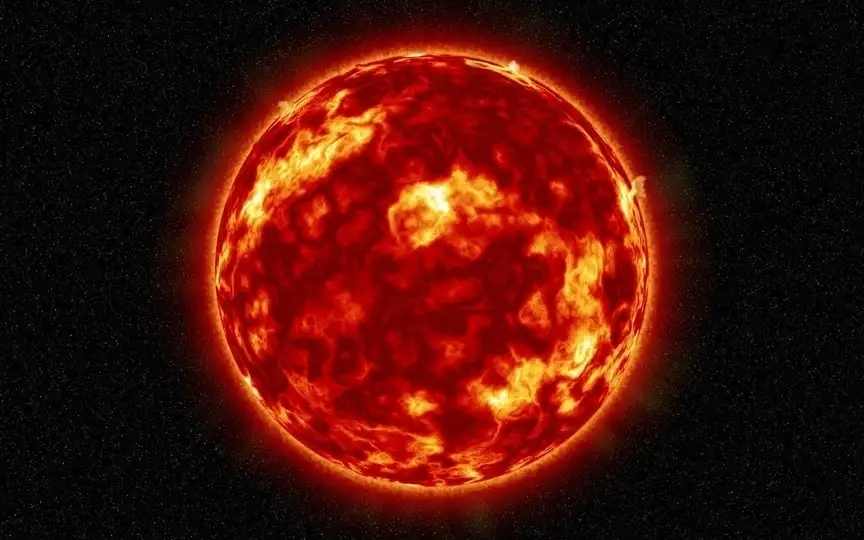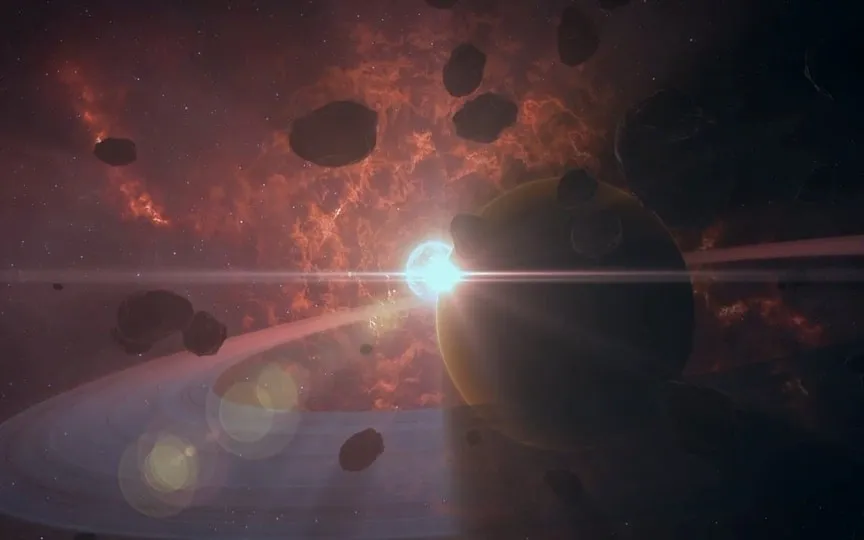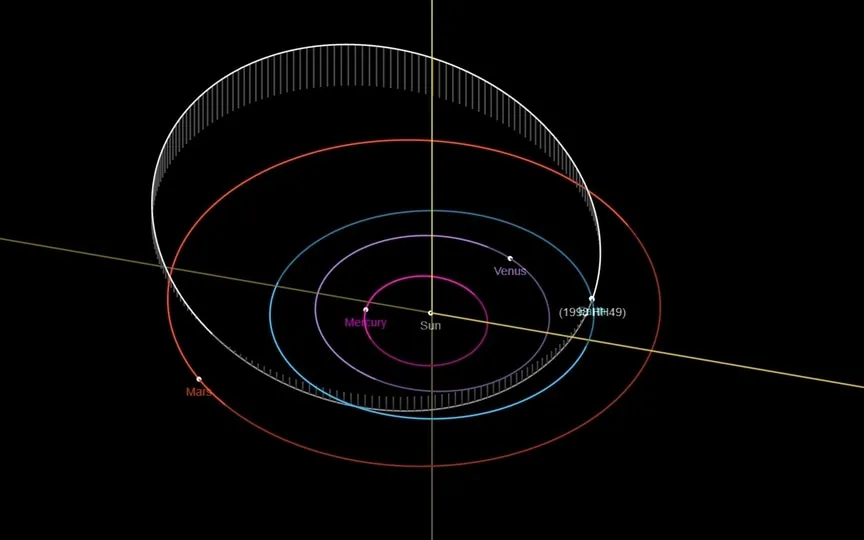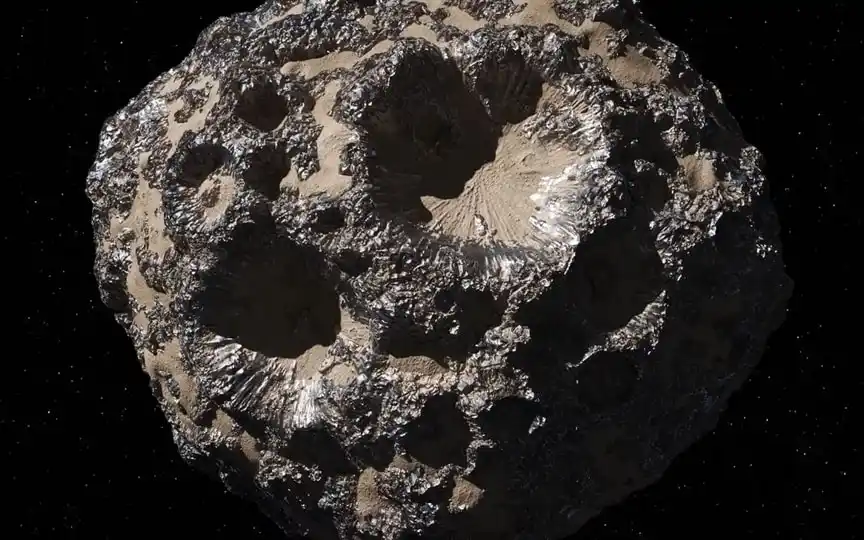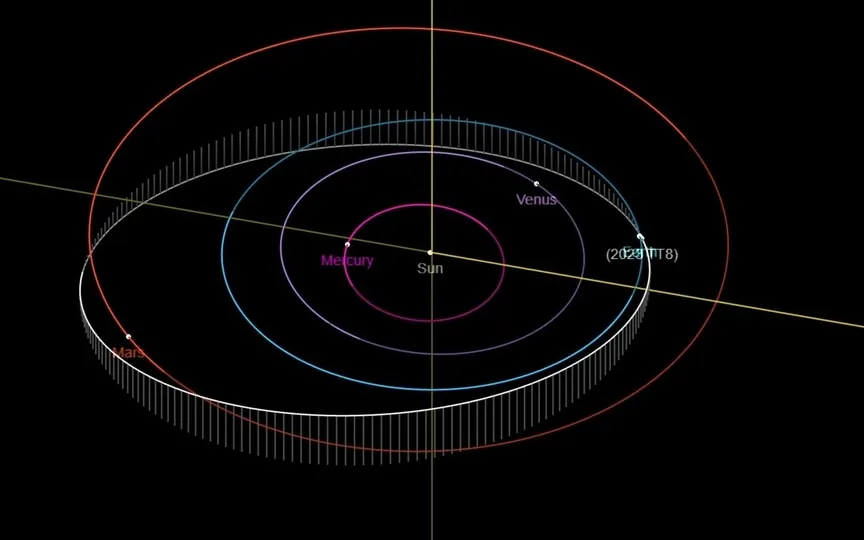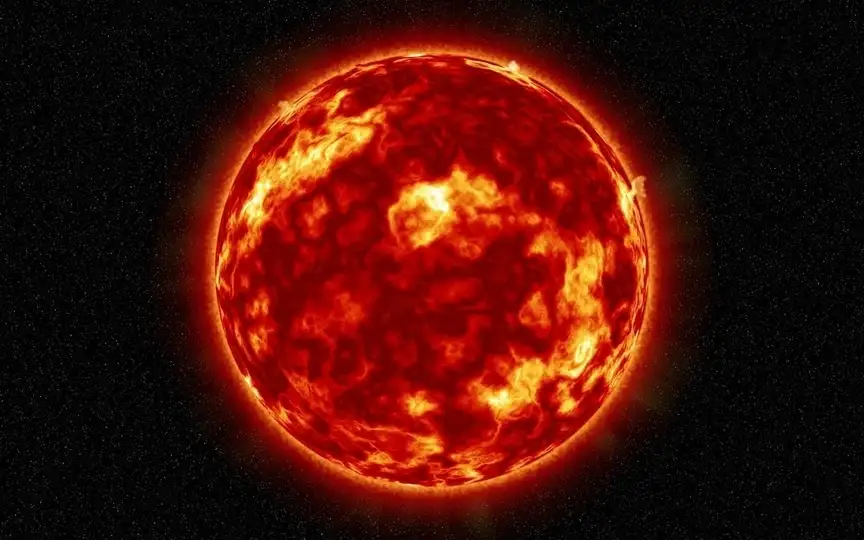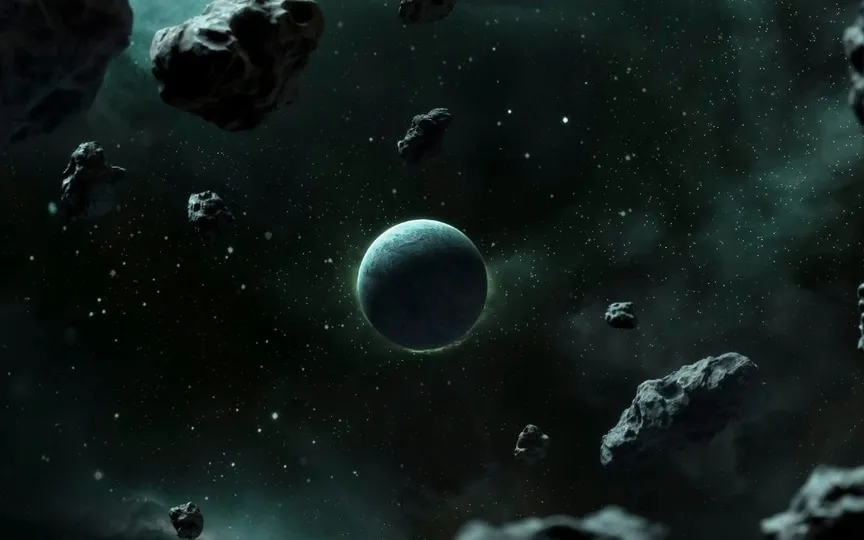Solar Storm Alert: NASA Warns of Powerful Winds Sparking Danger Today and Tomorrow!
The ongoing solar storm troubles for Earth show no signs of abating. In the span of a week, two storms, classified as G3 and G1, have already occurred, and there is a chance that another one may occur soon. However, unlike the previous incidents, this upcoming storm will not be caused by coronal mass ejections (CMEs). Instead, it is believed that fast-moving solar winds will be responsible. On October 28, a similar storm occurred due to a crack in Earth’s magnetic fields, but this time, that is not the case.…
Read More

